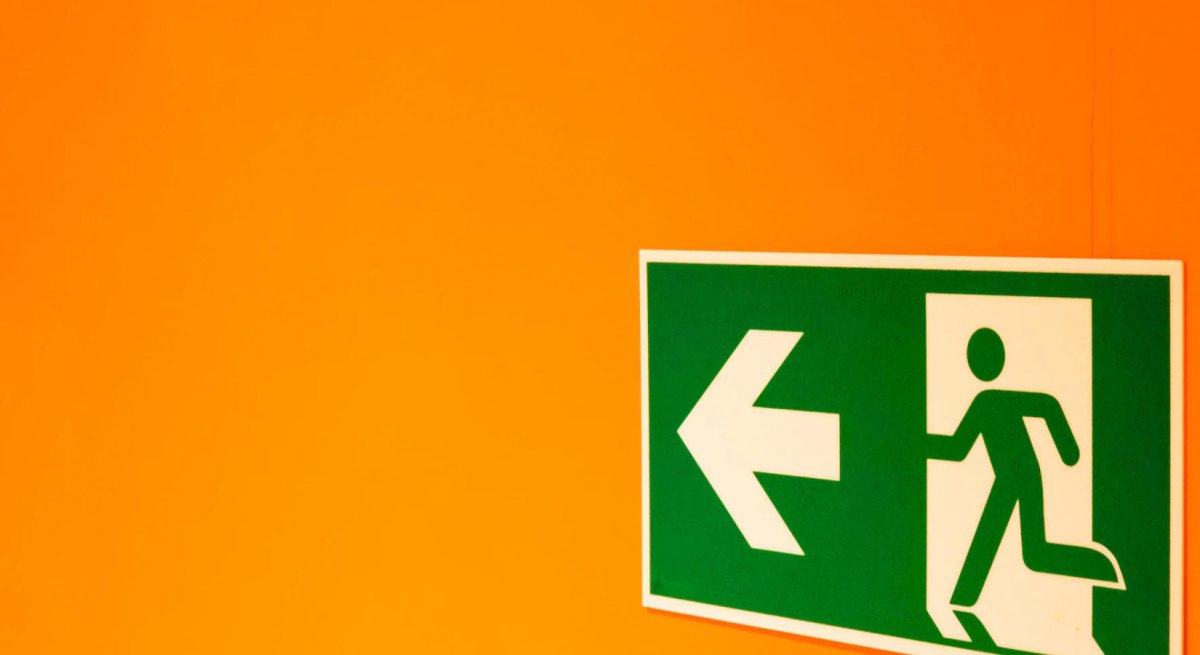In this blog post, we're answering our most-asked questions regarding emergency lighting. If you have any other questions that are not answered here, call us on 0330 0563094.
What is emergency lighting?
Emergency lighting is lighting that automatically turns on when the power supply fails.
Is emergency lighting a legal requirement?
Emergency lighting is a legal requirement in all public buildings and places of work.
How does emergency lighting work?
Emergency lighting is powered by a backup power source that is separate from the primary power supply. When the primary power supply fails, the emergency lighting system is triggered and illuminates. The backup power supply can be in the form of a battery, generator, or an uninterruptible power supply (UPS).
How often should batteries for emergency lighting be changed?
Emergency lighting batteries should be replaced when they are no longer effective and do not last for their intended duration, or when they reach their expiry date.
How often should I test my emergency lighting?
Emergency lighting should be thoroughly tested at least once a year by a competent person.
Emergency lighting should undergo a brief test monthly.
How do I know if my emergency lighting system is working?
- Check the charge light is on.
- Put your key in the test switch. The emergency lighting should come on, and the charge light should turn off.
- Take the key out of the switch to turn off the emergency lighting, and the charge light should come back on.
- If your emergency lighting does not work, it should be serviced as soon as possible.
Can an emergency light be used as a normal light?
If an emergency light is installed as a maintained emergency light fitting, it will operate as a normal light and switch to an emergency light when power fails.
Where do I need to install emergency lighting?
This is dependent on your property. Generally speaking, emergency lighting should be installed in all escape routes to allow people to evacuate a premises safely. They should also be positioned in stairways, fire and first aid points, and toilets. Your emergency lighting should be designed to suit your specific premises.

